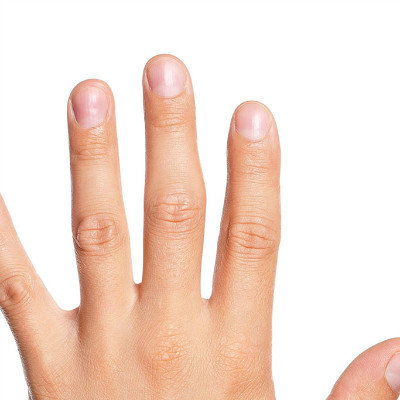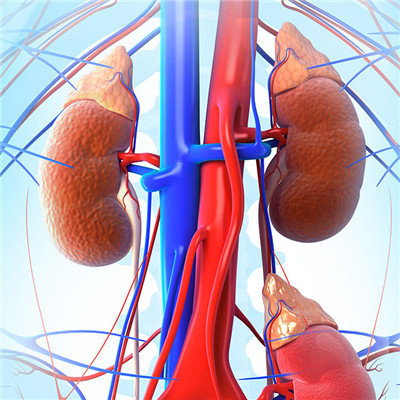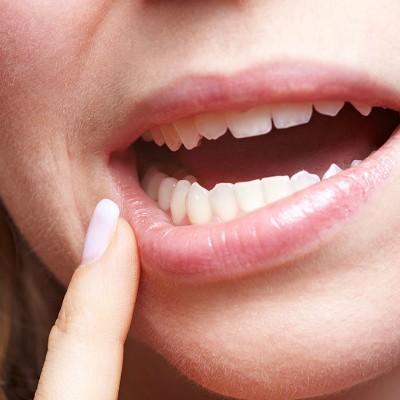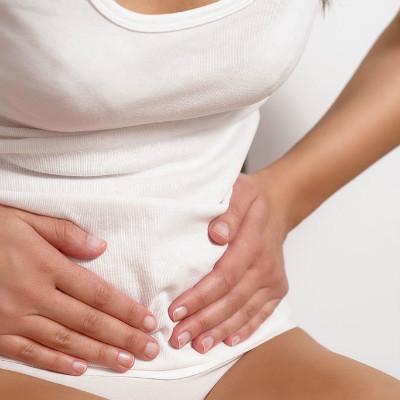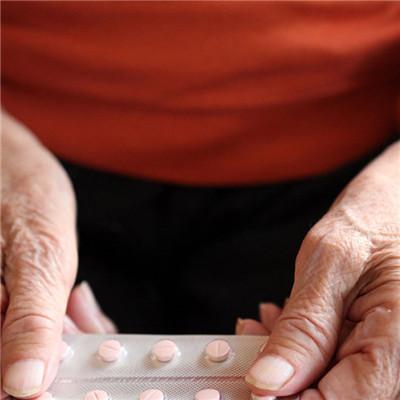Lymphadenitis symptoms?
summary
Lymphadenitis is a kind of nonspecific inflammation caused by acute and chronic inflammation in the drainage area of lymph nodes, such as axillary lymphadenitis caused by infection of upper limb, breast, chest wall, back and abdominal wall above umbilicus; Inguinal lymphadenitis may occur in lower limbs, abdominal wall below umbilicus, perineum and buttocks; Head, face, mouth, neck and shoulder infection, causing submandibular and cervical lymphadenitis. Lymphadenitis can be divided into acute lymphadenitis and chronic lymphadenitis according to the onset and duration of disease. Lymphadenitis symptoms? Let's talk about it
Lymphadenitis symptoms?
Acute lymphadenitis is characterized by local redness, swelling, heat, pain and other acute inflammatory characteristics. The onset is acute, often accompanied by fever. The swollen lymph nodes are soft, tender, smooth and without adhesion. The swelling stops when it reaches a certain degree.
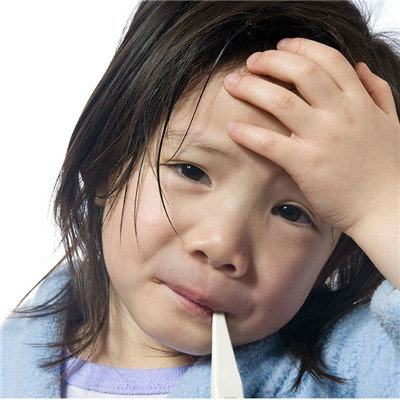
The redness and swelling can subside after timely anti infection treatment. When the condition worsens, it can also develop into abscess, accompanied by systemic infection. Chronic lymphadenitis has a long course of disease, mild symptoms, hard lymph nodes, movable, no obvious tenderness, and finally the lymph nodes can shrink or subside.
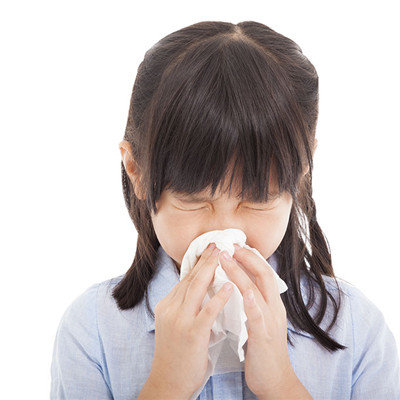
According to the clinical manifestations, signs and auxiliary examination results, the diagnosis can be made, especially when there is a primary infection focus. Except for other diseases causing lymphadenopathy, lymph node biopsy may be performed if necessary.
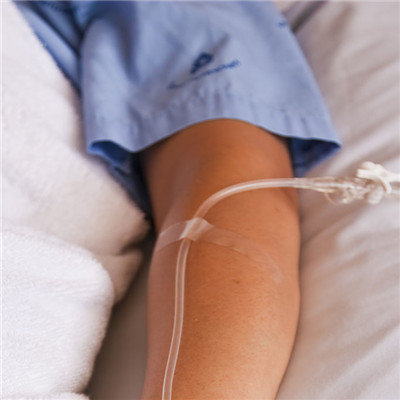
matters needing attention
Chronic lymphadenitis usually does not require special treatment. Exercise, enhance immunity; For patients with primary infectious lesions, such as skin and mucous membrane wound, tonsillitis, caries, tinea pedis infection, the primary lesions should be treated in time. unscramble


